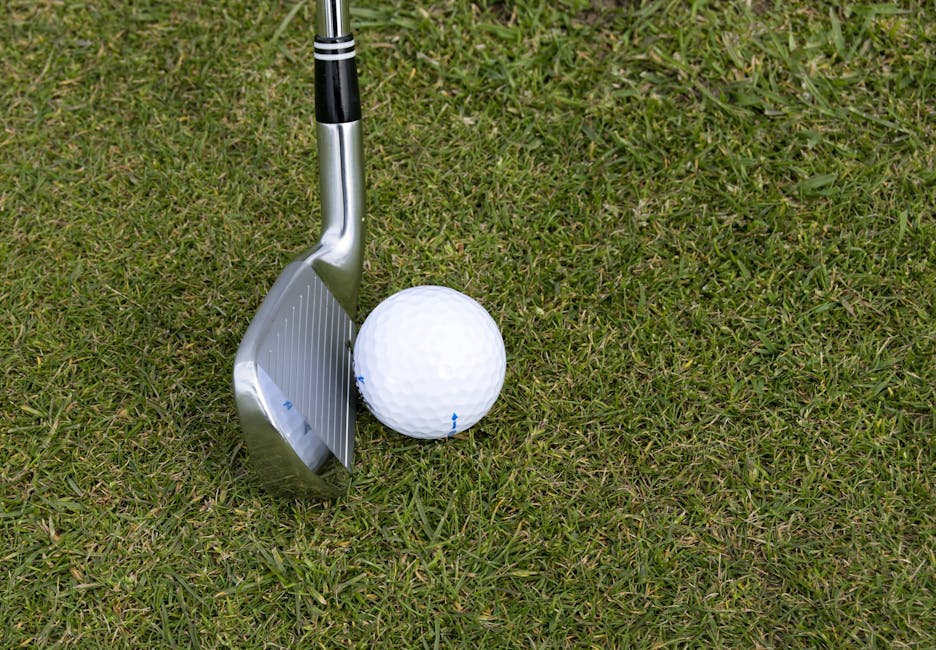Mastering Your Golf Swing: Essential Tips for Beginners
Welcome to the exciting world of golf! As a beginner, mastering your golf swing may seem daunting, but with the right techniques and consistent practice, you’ll find yourself improving rapidly. This comprehensive guide is designed to help you understand the fundamentals of a good golf swing and provide actionable tips to enhance your skills.
The Basics of a Golf Swing
A strong golf swing is the foundation of any good golfer’s skill set. Understanding the mechanics involves several key steps:
1. The Grip
Your grip is your only connection to the club, making it instrumental for controlling your swing. To begin, hold your club in the base of your fingers, not your palms, allowing for a more natural wrist hinge. This basic yet proper grip can significantly influence the power and accuracy of your shot.
2. The Stance
Balancing your body is crucial when preparing for a swing. Keep your feet shoulder-width apart, with your weight evenly distributed. Your knees should be slightly bent, and your body tilted at the hips, not the waist.
3. The Backswing
To initiate the backswing, rotate your shoulders and hips together as you lift the club. Keeping the movement smooth and controlled helps maintain balance and provides the momentum needed for the downswing.
4. The Downswing and Impact
This phase is where power generation happens. Start by shifting your weight from the back foot to the front foot while maintaining your body’s rotation. This movement should be fluid and swift to drive the ball effectively.
5. The Follow-Through
Following through is essential for directing where and how far the ball will go. Continue rotating your body until your chest faces the target and hold your finish. A good finish position indicates a good swing motion throughout.
Common Golf Swing Errors and Fixes
As a beginner, it’s common to make mistakes. Identifying these early will help in correcting them:
1. Slicing the Ball
Often caused by an open clubface at impact, slicing can be rectified by adjusting your grip and ensuring the clubface is square to the target upon impact.
2. Hooking the Ball
Contrary to slicing, hooking is caused by a closed clubface. Practice ensuring a more neutral clubface alignment during your swing.
Practice Drills to Improve Your Golf Swing
Consistent practice is key to mastering your golf swing. Here are some drills that can help:
1. The Towel Drill
Place a towel under both arms while practicing your swing. This encourages you to keep your arms and body moving together, promoting a more unified and efficient swing.
2. The Pause Drill
Pause at the top of your backswing for a couple of seconds before completing the swing. This helps in building a sense of timing and rhythm, important elements of an effective golf swing.
3. The Foot Powder Spray Drill
Using foot powder spray on the clubface can help you visually understand where the ball is making contact. This can be an excellent tool for adjusting and perfecting your swing path.
Additional Tips for Golf Swing Mastery
Here are some extra tips to keep in mind as you practice:
- Stay relaxed: Tension can throw off your swing dynamics. Keep your muscles relaxed for a smoother swing.
- Focus on posture: Maintaining a good posture throughout the swing is crucial for consistency and accuracy.
- Use video feedback: Recording your swings can provide valuable insights into what adjustments are needed.
Conclusion
Mastering your golf swing as a beginner may require patience and persistence, but with the right mindset and techniques, significant improvements are achievable. Remember, every professional started as a beginner, and with dedication, you too can achieve great proficiency in this rewarding sport. Happy swinging!
